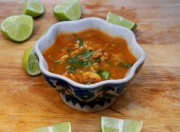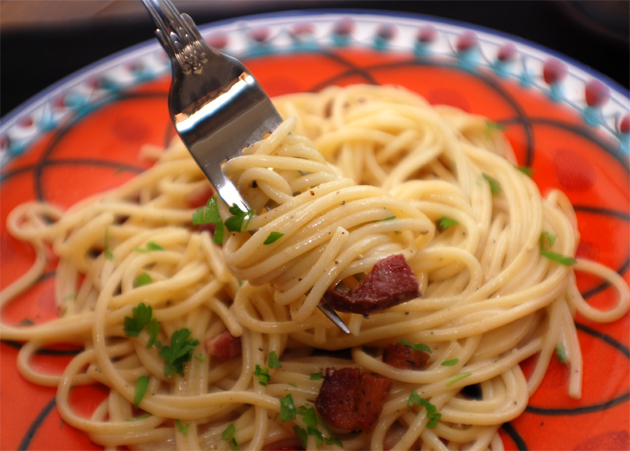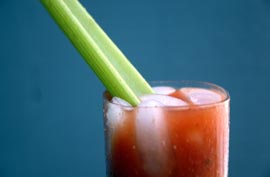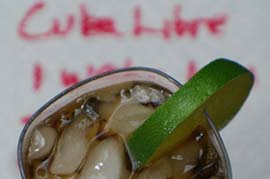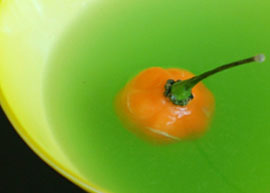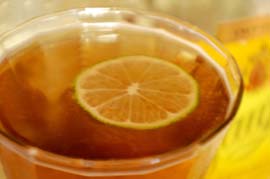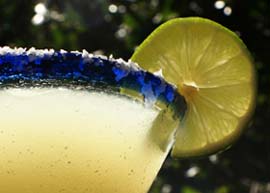Oh, how I love spaghetti carbonara twirled on to my fork, then lustily devoured and slurped while plucking crispy pieces of pancetta off the plate with my fingers. No napkins required. Besides being delicious, this pasta dish is the perfect embodiment of one of my favorite cooking principles: Simplicity rules!
Carbonara is an Italian classic that first appeared in the 1940s—exactly where is debated by food historians. My favorite theory has the Allied soldiers of World War II sharing their humble rations of powdered eggs and bacon with the local, hungry population of war-torn Italy. The Italians supplied dried pasta, and together they all prepared a dish that both nourished and gave them a sense of community. The soldiers became so fond of pasta carbonara that when they returned home to their respective countries, they introduced the dish to their families and local restaurants. These days you’ll find all kinds of spaghetti carbonara on restaurant menus; dressed up with cream and onions or speckled with peas. But traditional cooks—and I’m one of them—swear by five simple ingredients: pasta, cured meat, cheese, eggs and black pepper.
Alas, simplicity is often complicated with unnecessary snobbery as some cooks insist that only specific cured meats and cheeses merit the name carbonara. In Italy, particularly Rome, diners prefer their locally available guanciale and push it as the only true cured meat for carbonara. This very fatty, mild-tasting meat is made from unsmoked pig’s cheeks or jowls and must be cut in small, matchstick pieces to capture the striations of meat. While reasonably priced at six dollars a pound at my local Italian market, guanciale is often hard to find and requires an adventurous spirit.
My favorite is pancetta, an unsmoked, flavorful Italian bacon that adds tasty morsels of meat to the carbonara rather than crunchy pieces of fat. It runs around 16 dollars a pound—or eight bucks for this recipe—and is well worth the extra expense.
If you want to send food snobs wickedly over the edge, use readily available smoked slab bacon (that reminds one of bacon and eggs for breakfast). It costs around seven dollars a pound, or $3.50 for this dish. I don’t know about you, but if I get a hankering for carbonara and can’t have my favorite pancetta, I’ll fry up bacon in a heartbeat.
The cheese is fairly easy. Italians often prefer percorino romano; a salty sheep’s milk. Others—myself included—like parmesan-reggiano, the richly flavored, nutty tasting cow’s milk cheese from Parma, Italy. Try them both and then decide your favorite; you may even want to mix them up. Spaghetti is most common pasta used, but fettuccini, penne and rigatoni are also great choices.
Once you select your ingredients, there are a few tips you need for preparing out-of-this world pasta carbonara.
1. Start with perfectly cooked pasta. Cook it in ample water with a handful of salt. Master this cooking technique and your pasta will be restaurant quality.
2. Grate your cheese from larger pieces; do not waste your money on flavorless supermarket cheese in a shaker container.
3. Add the raw eggs to your hot pasta off the heat of the stove, or you risk scrambled eggs. Tasty but ugly.
4. Create a creamier sauce by adding a few tablespoons of the hot pasta cooking water. Don’t add too much water or your pasta will be swimming.
5. Fry the small pieces of meat slowly on a medium to medium-low flame to render them of their fat. You want the meat crispy, not charred—especially with guanciale.
6. Add several tablespoons of the rendered fat to the pasta—not all of it, as some meats release far too much fat to work well.
7. Keep to the five traditional ingredients: pasta, cured meat, cheese, eggs and black pepper. Less is more.
Perfetto!
Print a copy of my Spaghetti Carbonara and How To Cook Perfect Pasta for your convenience.

